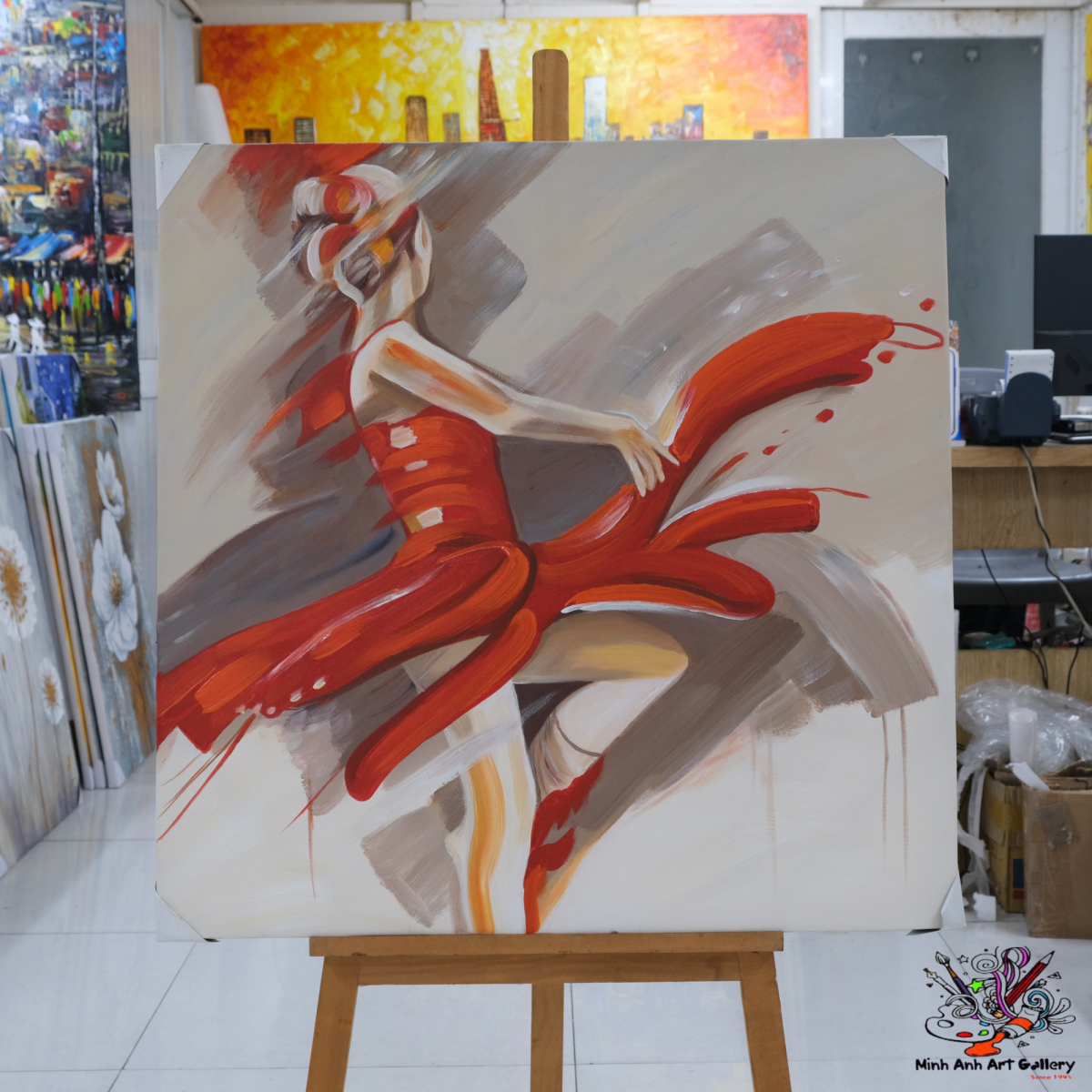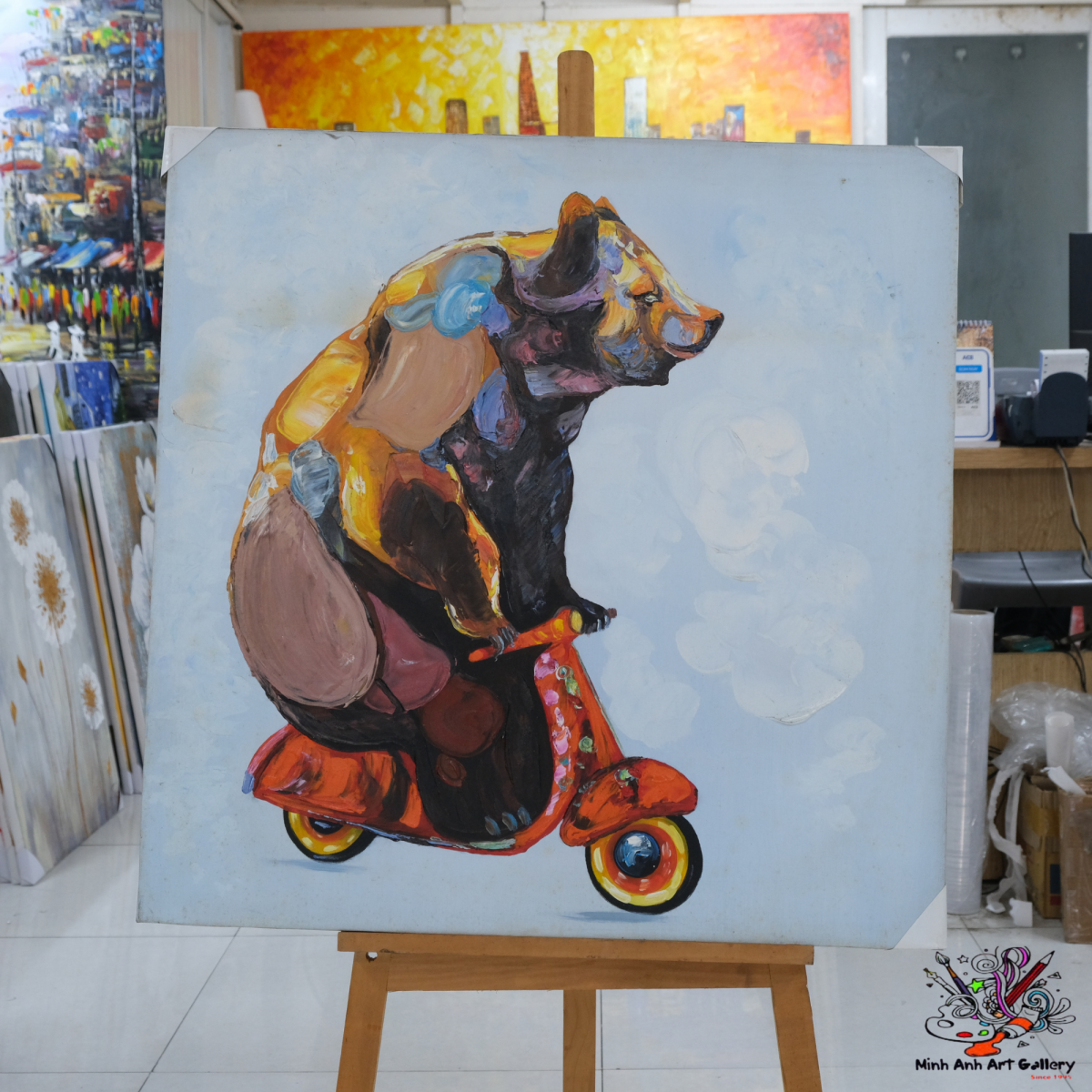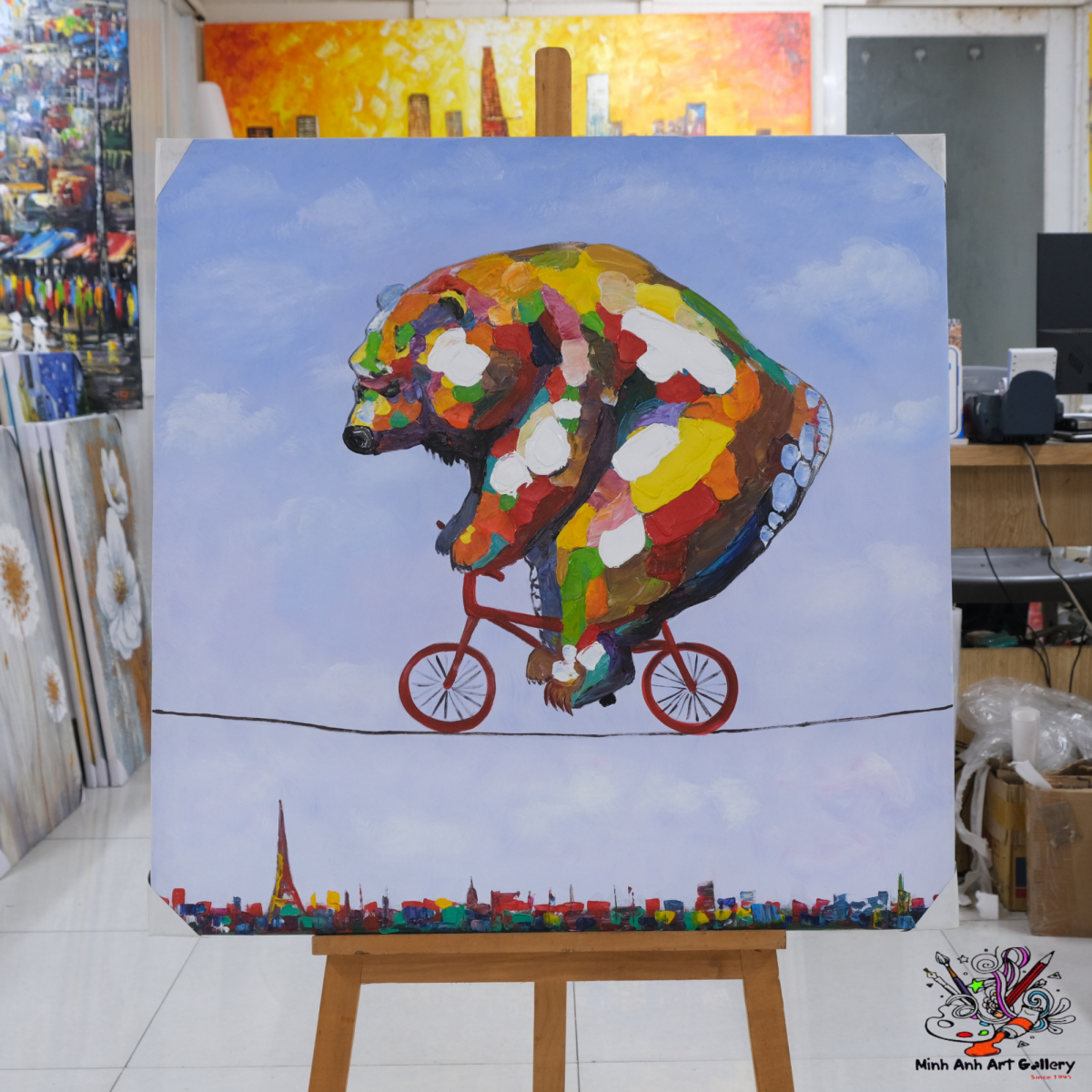Let’s face it—most of us don’t start buying art with the intention of becoming a full-fledged collector. It starts with that one piece that catches your eye, speaks to your soul, or simply fits perfectly in your living room. Over time, that “one piece” becomes two, then five, and suddenly, you’re strolling through galleries like a seasoned expert.

Art is personal. It evokes emotions, memories, and ideas. Whether it’s a painting of a serene landscape or an abstract explosion of colors, every piece you collect adds a layer to your personal story. And that’s exactly where the magic begins.
There comes a moment when art shifts from decoration to passion. Maybe you find yourself researching artists at midnight or traveling just to visit a particular art collection gallery. That’s your cue—you’ve crossed into the world of collecting.
Every serious collector develops a theme or vision. Are you into Vietnamese contemporary works? 20th-century abstracts? Or maybe curated art collections focused on women artists? Defining this helps guide your choices and gives your Collection cohesion.
Start visiting galleries frequently. Walk in, ask questions, learn. Galleries are gateways to artists and insights. They’re not just spaces with paintings—they’re schools for aspiring collectors.
These exhibitions are curated to highlight themes, trends, or an artist’s journey. Attending these helps sharpen your taste and exposes you to famous art collections you might never stumble upon otherwise.
Private galleries often offer more personal, in-depth experiences. The curators are usually more available, and the conversations are more intimate—perfect for new collectors.

Maybe you love surrealism. Or maybe black-and-white photography gives you chills. Start with what speaks to you.
Yes, you can collect without going broke. Set monthly or annual budgets for acquisitions and stick to them.
Every piece of art comes with a backstory. Knowing it adds emotional value and helps in understanding the piece’s place in art history.
While passion drives collecting, smart collectors understand art as an investment. The right piece can appreciate significantly over time, especially from emerging artists or within curated art collections.
Don’t just buy for value—buy what you love. That said, a good collector learns to balance both passion and portfolio.
Modern art is expressive, bold, and booming in value. Many collectors are pivoting toward newer pieces with innovative narratives and techniques.
Provenance, condition, artist reputation, and rarity are key. A fine art collection with documented authenticity can skyrocket in value over time.
From platforms like Artsy to galleries like Minh Anh Art Gallery, discovering and buying art online is more accessible than ever.
Always verify provenance, certifications, and artist credentials. Use trusted online platforms or consult professionals before hitting "Buy."
Tours provide context—both historical and artistic. They help you see the brushstrokes, the emotion, and the intention behind each work.
Don’t just look—ask questions. Curators love discussing art and often provide insights you won’t find in brochures.
Every piece in your collection should be documented—details, certificates, photos. This is crucial for both personal records and resale.
Once your collection matures, consider sharing it. Exhibiting in contemporary art galleries or donating to institutions ensures your collection lives on.
Social media, blogs, or even gallery talks allow you to share your journey and inspire others to explore their artistic side.
By sharing your story, you help remove the intimidation factor around art collecting, encouraging new collectors to start their own path.
Becoming a fine art collector is a journey of passion, learning, and expression. It’s not just about filling walls—it’s about curating stories, emotions, and history. Whether you start with a single canvas or dive headfirst into the world of famous art collections, each step you take shapes your identity as a collector.

From admiring paintings to curating your own Collection, transitioning into a professional fine art collection journey is exciting and enriching. It blends emotion, intellect, and investment into one rewarding pursuit. Whether you’re visiting a contemporary art gallery or shopping for your next masterpiece art collection online, every move is a step toward legacy. So go ahead, make art part of your life story.
1. How much money do I need to start a fine art collection?
You can start with just a few hundred dollars. Focus on emerging artists or prints before moving to originals.
2. What’s the difference between a hobbyist and a professional art collector?
A hobbyist buys art occasionally. A professional collects with intention, vision, and documentation, often considering investment value.
3. Is digital art considered part of a fine art collection?
Absolutely! Digital and NFT artworks are now part of many modern and curated art collections.
4. How do I verify the authenticity of a piece I find online?
Request certificates, check the platform's credibility, and when in doubt, consult an expert.
5. Should I insure my art collection?
Yes. Insurance protects your investment against damage, theft, or loss, especially as your Collection grows in value.
Message:
This article is proudly presented by Minh Anh Art Gallery – Where your passion for art becomes a timeless legacy. Visit us at 101 Bui Vien St, District 1, HCMC or minhanhart.vn.